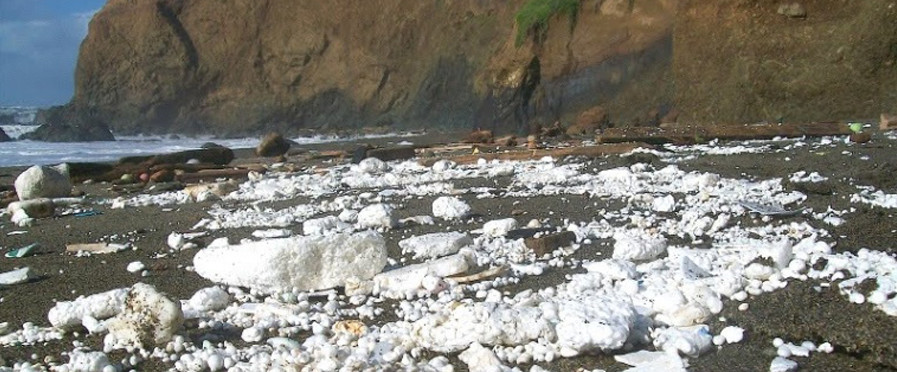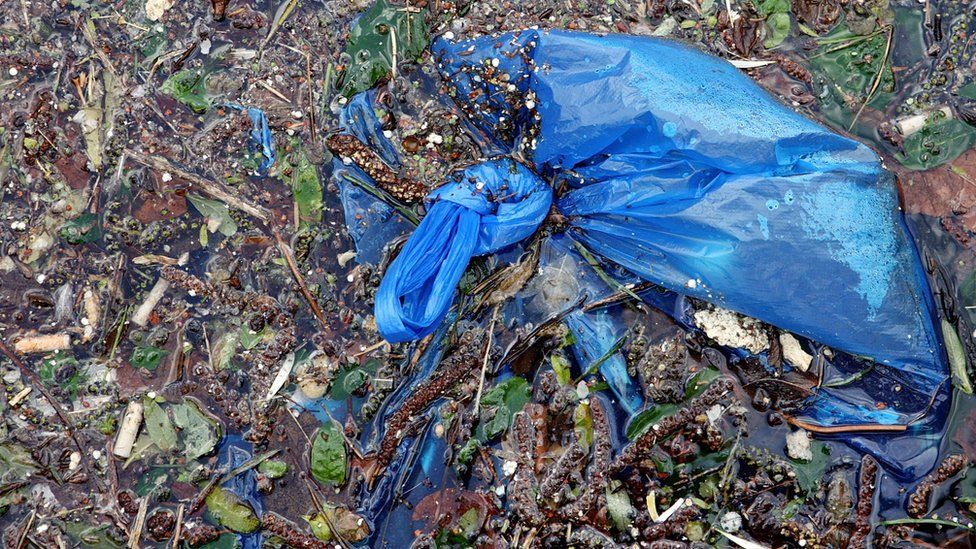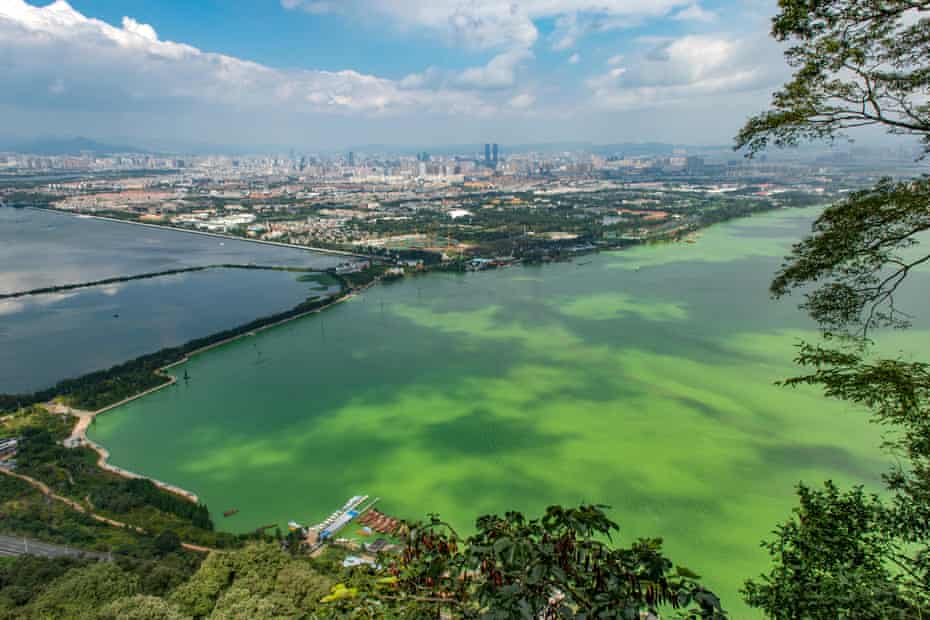Hi everyone! Welcome back!
In today’s post, we are going to tackle one of the most infamous materials used for food packaging, styrofoam. When is the last time you saw styrofoam? I’m pretty sure it would not be longer than 2 days ago. Styrofoam was invented in 1941 by Dow, utilising Polystyrene (PS) foam. At first, styrofoam was invented for building docks and insulating homes (Cansler, 2018). However, due to its insulation and lightweight property, it is utilised for food and beverage packaging.
Styrofoam is very prevalent in this era. From 2002 to 2015, about 316 million metric tonnes of PS were produced globally, and more than half of it was thrown in the same year (Cansler, 2018). This single-use behaviour and over-reliant on styrofoam have created numerous environmental pollution around us.
The most famous pollution that we can see everywhere is water and soil pollution from styrofoam that’s lying around us in coastal areas, in rivers, in parks and forests. PS is not bio-degradable and will sit on the ecosystem quietly for hundreds of years. Animals may eat and choke on it and it may suffocate the plants too, both in water and on land.

Styrofoam debris in the Pacific Beach. Image is taken from pacificbeachcoalition.org
The less famous one, but a more pertinent problem is the ability of styrofoam to bind mercury, a toxic substance, in water. A study carried out by Graca et al. (2014) suggests that the concentration of mercury in water is higher when styrofoam debris is present. As this process is reliant on incoming solar radiation, the concentration of mercury will peak in the summertime. Situated near the equator, Southeast Asian countries such as Singapore will face higher concentrations of mercury all year long. Mercury has toxic effects on the nervous, digestive and immune systems of lungs, kidneys, skin and eyes (WHO, 2017). Below is the list of potential health effects of consumption and inhalation of mercury and its derivatives (methylmercury):
- Tremor
- Insomnia
- Memory loss
- Neuromuscular effects
- Headaches
- Cognitive and Motor dysfunction

The aftermath of the Minamata disaster, the wort mercury poisoning events to date. The image is taken from the Japan Times.
However, noting this property of binding mercury, Mahmoud et al. (2016) has found a way to utilise waste styrofoam into adsorbents to remove toxic substance such as Cadmium, Lead and Mercury from water. By chemically converting styrofoam through nitration and sulfonation, they created a way to remove toxic substances from water. While this experiment is still in the early stage, it presents a huge opportunity to remove pollutants using recycled styrofoam.
That is all for today. I hope you enjoy the reading, Do post your comments, questions, feedback below. Thank you.
Reference
Cansler, C. (2018, July 31). Styrofoam, a practical and problematic creation. Distillations. Retrieved March 20, 2022, from https://www.sciencehistory.org/distillations/styrofoam-a-practical-and-problematic-creation
Graca, B., Bełdowska, M., Wrzesień, P., & Zgrundo, A. (2013). Styrofoam debris as a potential carrier of mercury within ecosystems. Environmental Science and Pollution Research, 21(3), 2263–2271. https://doi.org/10.1007/s11356-013-2153-4
Mahmoud, M. E., Abdou, A. E., & Ahmed, S. B. (2015). Conversion of waste styrofoam into engineered adsorbents for efficient removal of cadmium, lead and Mercury from water. ACS Sustainable Chemistry & Engineering, 4(3), 819–827. https://doi.org/10.1021/acssuschemeng.5b01149
WHO. (2017). Mercury and Health. World Health Organization. Retrieved March 22, 2022, from https://www.who.int/news-room/fact-sheets/detail/mercury-and-health






